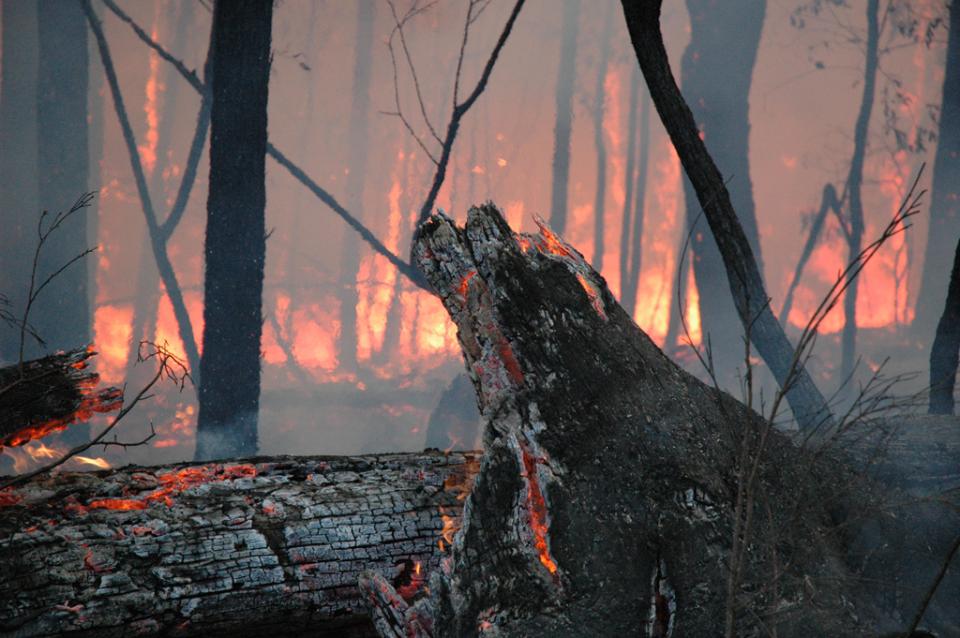
PUBLICATIONS
Published works

Investigation of firebrand production during prescribed fires conducted in a pine forest
| Title | Investigation of firebrand production during prescribed fires conducted in a pine forest |
| Publication Type | Journal Article |
| Year of Publication | 2017 |
| Authors | Filkov, A, Prohanov, S, Mueller, E, Kasymov, DP, Martynov, P, Houssami, MEl, Thomas, J, Skowronski, N, Butler, B, Gallagher, M, Clark, K, Mell, W, Kremens, R, Madden, RM, Simeoni, A |
| Journal | Proceedings of the Combustion Institute |
| Volume | 36 |
| Issue | 2 |
| Start Page | 3263 |
| Pagination | 3270 |
| Date Published | 11/2016 |
| Abstract | This paper represents a study on the characterization of firebrand production which was carried out, using experimental fires conducted as prescribed fires in the New Jersey Pine Barrens, USA in March of 2013–2015. Several preliminary techniques were tested to characterize the firebrand production. Firebrands were collected from three plots for each year and analyzed for mass and size distribution. Thermal imagery was used to measure the velocity, size and number of firebrands in 2014 and 2015. The distribution of firebrands was evaluated in a monitored volume during the experiment. It was found that not less than 70% of collected particles were bark fragments and the rest were pine and shrub branches. The number of firebrands decreases with increasing the cross section area of firebrands. The mass of the particles varied from 5 to 50 mg, and the maximum number of the particles was observed for the mass range of 10–20 mg. About 80% of firebrands were particles with the cross section area of (5–20) × 10−5 m2. These results are consistent with the available observations of real fires [1], [2]. Processing of infrared video showed that starting from a distance of 13 m from fire front, an increasing number of firebrands were observed in a controlled volume, increasing in number up to 180 per second. Relationships describing the time-variation of the number of particles that dropped on a 1.4 m2 surface and the number of particles that flew through a 1 m3 volume were obtained. Comparing the experimental and calculated data, we can conclude that these relationships allow us to describe the two numbers with an acceptable accuracy (adj. R2 0.74 and 0.86, respectively). In addition, the velocity of the particles, which depended on the wind velocity, was in the 0.1–10.5 m/s range, with an average value of 2.5 m/s. |
| URL | https://www.sciencedirect.com/science/article/pii/S1540748916301833#! |
| DOI | 10.1016/j.proci.2016.06.125 |
| Refereed Designation | Refereed |
| Full Text | Click here to access a draft manuscript via ResearchGate, or contact the authors. |
Published Works


